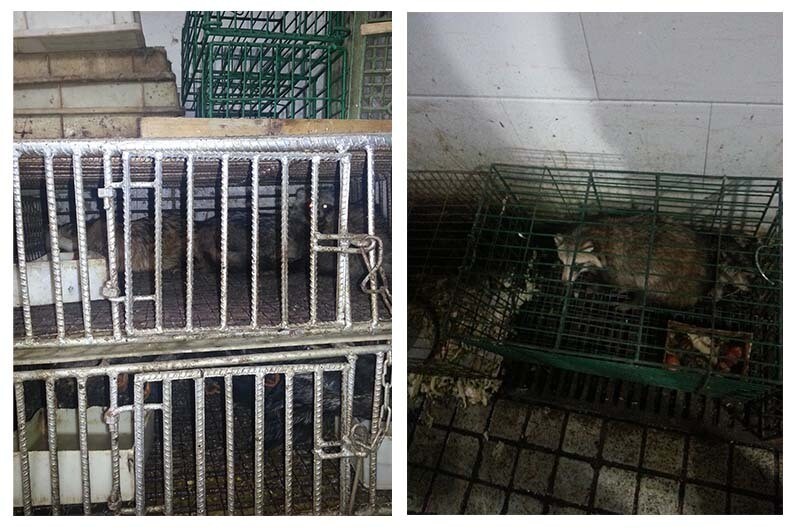They sell more than seafood at the Huanan Seafood Wholesale Market in Wuhan, China. For years raccoon dogs, a relative of the fox, have been sold at the market for meat and fur. And that animal has been identified as the most likely to have passed SARS-CoV-2 to humans, the virus that causes COVID-19.
“When SARS-2 first jumped into humans, there was a lot of speculation about what the ‘intermediate host’ could be. Civets, pangolins. Maybe bats. But raccoon dogs were always top of the list for those of us who’ve been following this carefully,” said Joel Wertheim, a professor of medicine and evolutionary biologist at UC San Diego.
Wertheim is one of a global team of scientists who published a report last week that said the best explanation of the COVID-19 pandemic’s origin is that it was passed to a human by a raccoon dog, found in one of the stalls in the Wuhan market.
“These data show a co-occurrence of genetic material from a raccoon dog and SARS-CoV-2,” Wertheim said. “They don’t prove unambiguously that (the) raccoon dog was infected with SARS-COv-2, but this is exactly what you would expect to find if a raccoon dog were infected with the virus.”
Wertheim explained that one of his colleagues, an Australian scientist, took a photo of raccoon dogs in cages at the Wuhan market. One of them was stacked on top of other cages holding birds. The most powerful evidence was, of course, genetics.
Another co-author of the report is Niema Moshiri, a computer science professor at UCSD. He said investigators had to sort through lots of different DNA left behind at the market stalls.
“If you have a stall in the market, you’re going to have some animal DNA from whatever animal was held in that stall. You're going to have DNA from feces or other matter from other animals nearby. You’re going to have some human DNA because somebody’s hair fell in the sample,” Moshiri said.
He said gene sequencing machines had to examine many DNA fragments that might be relevant.
“And when you overlay this with information that they already had about which stall was either COVID positive or COVID negative, what animals do you find in the stalls they determined were COVID positive?” Moshiri said.
Wertheim said their research showed there were probably two lineages of COVID-19 infection at the market, meaning the virus jumped to humans not once but twice. They believe the one involving the raccoon dog exploded into a pandemic.
Some U.S. agencies have suggested that the COVID-19 pandemic resulted from a “lab leak” in Wuhan. Wertheim said the data tells a different story.
“The data don’t support any of those origin hypotheses, out of a lab. And in fact the findings in our recent report are exactly what you would expect under a natural zoonotic origin of SARS COv-2,” Wertheim said.
Zoonotic means moving from one species to another, in this case, probably from a raccoon dog to a person.








